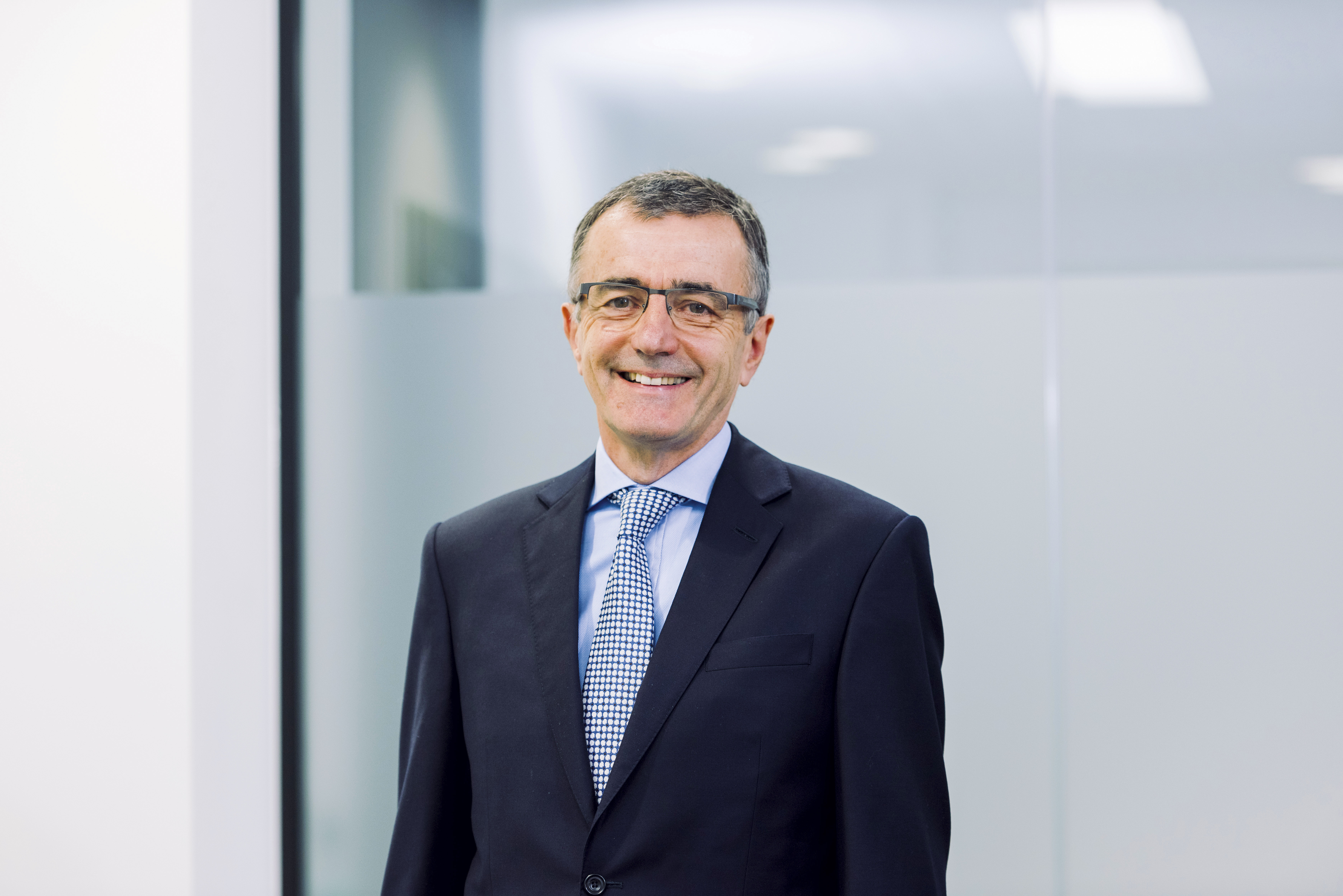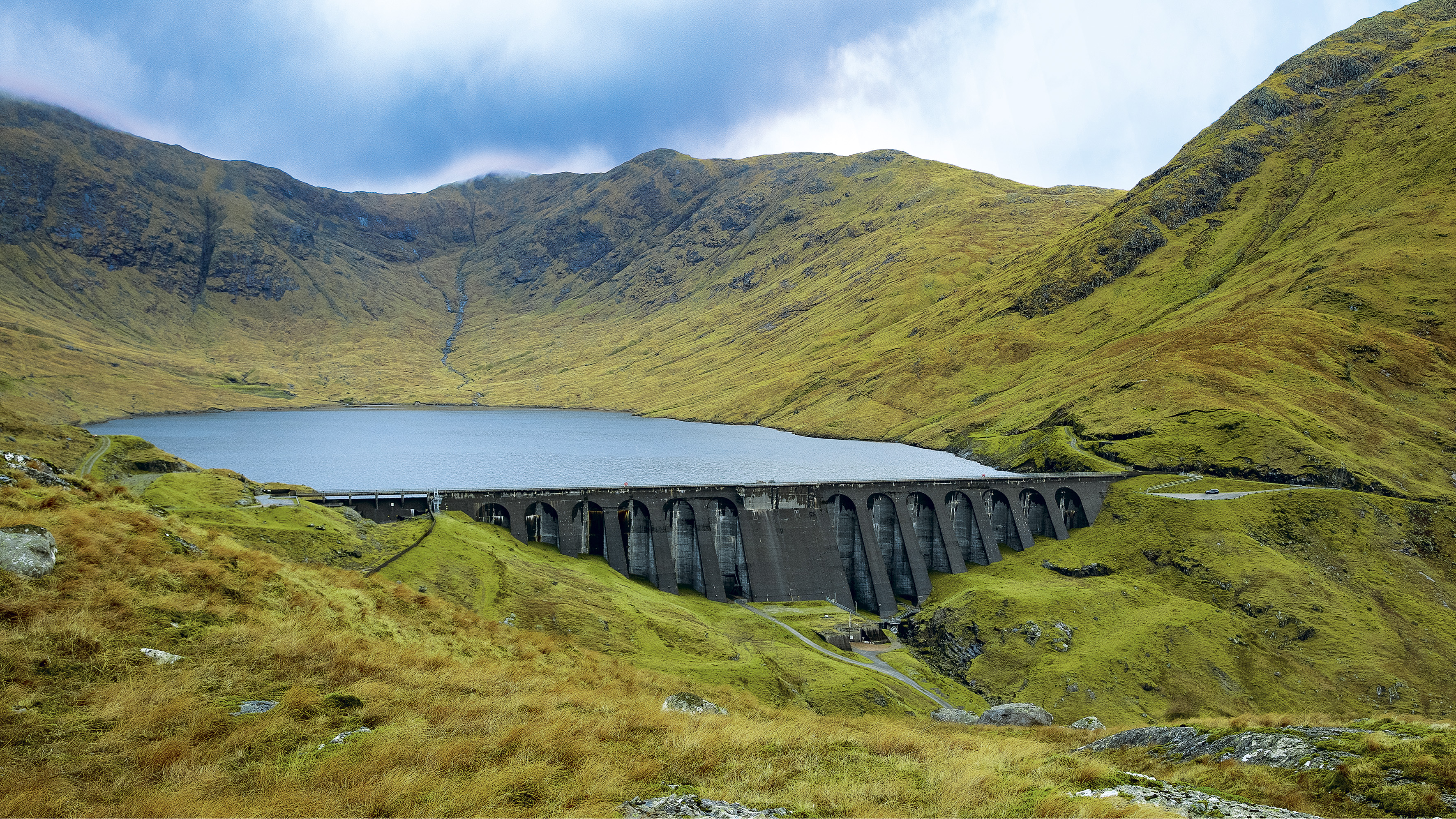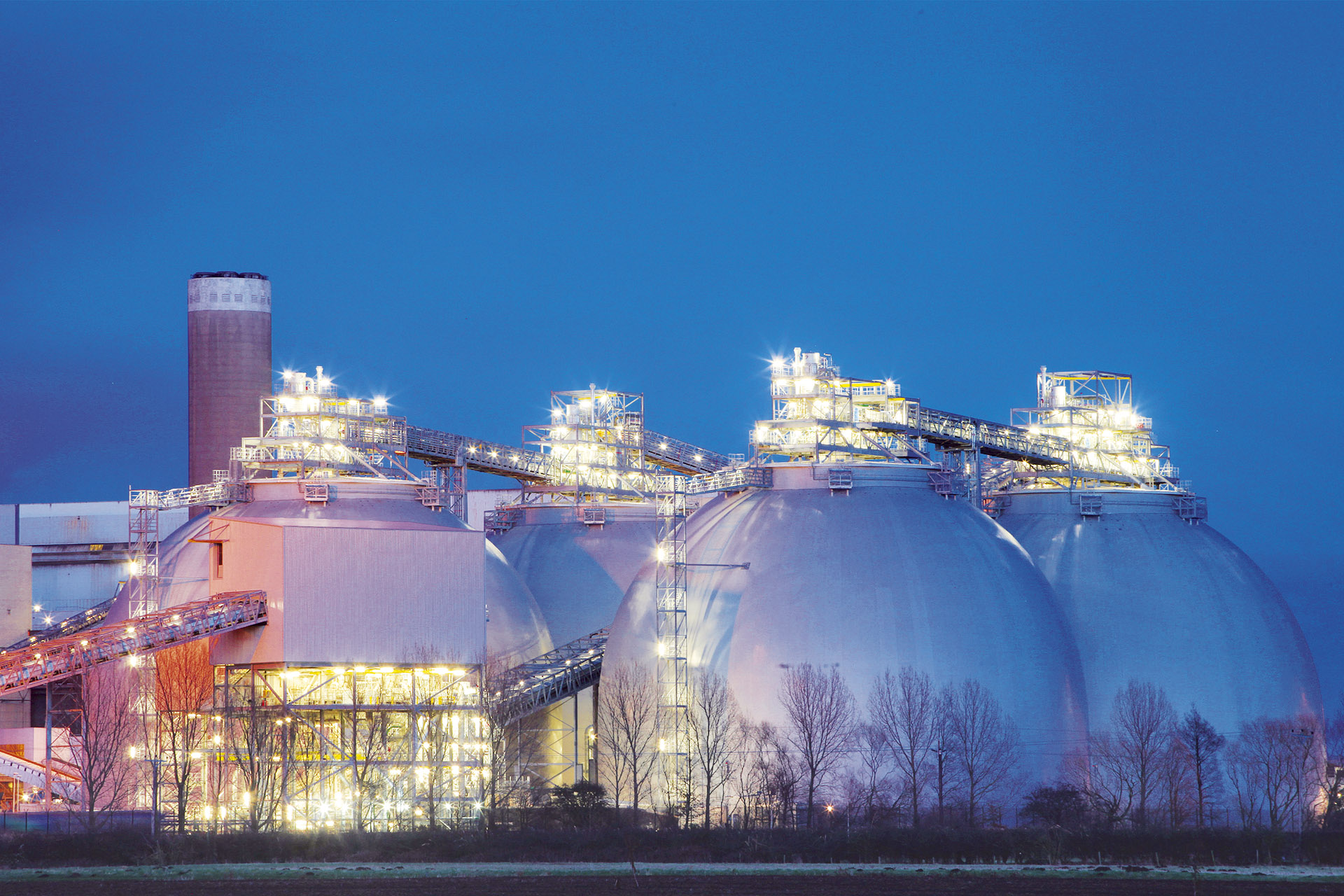
Could Great Britain go off grid?



Climate change is the biggest challenge of our time and Drax has a crucial role in tackling it.
All countries around the world need to reduce carbon emissions while at the same time growing their economies. Creating enough clean, secure energy for industry, transport and people’s daily lives has never been more important.
Drax is at the heart of the UK energy system. Recently the UK government committed to delivering a net-zero carbon emissions by 2050 and Drax is equally committed to helping make that possible.
We’ve recently had some questions about what we’re doing and I’d like to set the record straight.
At Drax we’re committed to a zero-carbon, lower-cost energy future.
And we’ve accelerated our efforts to help the UK get off coal by converting our power station to using sustainable biomass. And now we’re the largest decarbonisation project in Europe.
We’re exploring how Drax Power Station can become the anchor to enable revolutionary technologies to capture carbon in the North of England.
And we’re creating more energy stability, so that more wind and solar power can come onto the grid.
And finally, we’re helping our customers take control of their energy – so they can use it more efficiently and spend less.
No. Since 2012 we’ve reduced our CO2 emissions by 84%. In that time, we moved from being western Europe’s largest polluter to being the home of the largest decarbonisation project in Europe.
And we want to do more.
We’ve expanded our operations to include hydro power, storage and natural gas and we’ve continued to bring coal off the system.
By the mid 2020s, our ambition is to create a power station that both generates electricity and removes carbon from the atmosphere at the same time.
Our energy system is changing rapidly as we move to use more wind and solar power.
At the same time, we need new technologies that can operate when the wind is not blowing and the sun is not shining.
A new, more efficient gas plant can fill that gap and help make it possible for the UK to come off coal before the government’s deadline of 2025.
Importantly, if we put new gas in place we need to make sure that there’s a route through for making that zero-carbon over time by being able to capture the CO2 or by converting those power plants into hydrogen.
No.
Sustainable biomass from healthy managed forests is helping decarbonise the UK’s energy system as well as helping to promote healthy forest growth.
Biomass has been a critical element in the UK’s decarbonisation journey. Helping us get off coal much faster than anyone thought possible.
The biomass that we use comes from sustainably managed forests that supply industries like construction. We use residues, like sawdust and waste wood, that other parts of industry don’t use.
We support healthy forests and biodiversity. The biomass that we use is renewable because the forests are growing and continue to capture more carbon than we emit from the power station.
What’s exciting is that this technology enables us to do more. We are piloting carbon capture with bioenergy at the power station. Which could enable us to become the first carbon-negative power station in the world and also the anchor for new zero-carbon cluster across the Humber and the North.
I took this job because Drax has already done a tremendous amount to help fight climate change in the UK. But I also believe passionately that there is more that we can do.
I want to use all of our capabilities to continue fighting climate change.
I also want to make sure that we listen to what everyone else has to say to ensure that we continue to do the right thing.

The £375 million private placement with infrastructure lenders comprises facilities with maturities between 2024 and 2029(2).
The £125 million ESG facility matures in 2022. The facility includes a mechanism that adjusts the margin based on Drax’s carbon emissions against an annual benchmark, recognising Drax’s continued commitment to reducing its carbon emissions as part of its overall purpose of enabling a zero-carbon, lower cost energy future.
Together these facilities extend the Group’s debt maturity profile beyond 2027 and reduce the Group’s overall cost of debt to below 4 percent.
Drax Investor Relations:
Mark Strafford
+44 (0) 1757 612 491
Drax External Communications:
Matt Willey
+44 (0) 7711 376 087
Website: www.drax.com
(1) Drax Corporate Limited drew £550 million under an acquisition bridge facility on 2 January 2019 used to partially fund the acquisition of ScottishPower Generation Limited for initial net consideration of £687 million. £150 million of the acquisition bridge facility was repaid on 16 May 2019.
(2) £122.5 million in 2024, £122.5 million in 2025, £80 million in 2026 and £50 million in 2029.
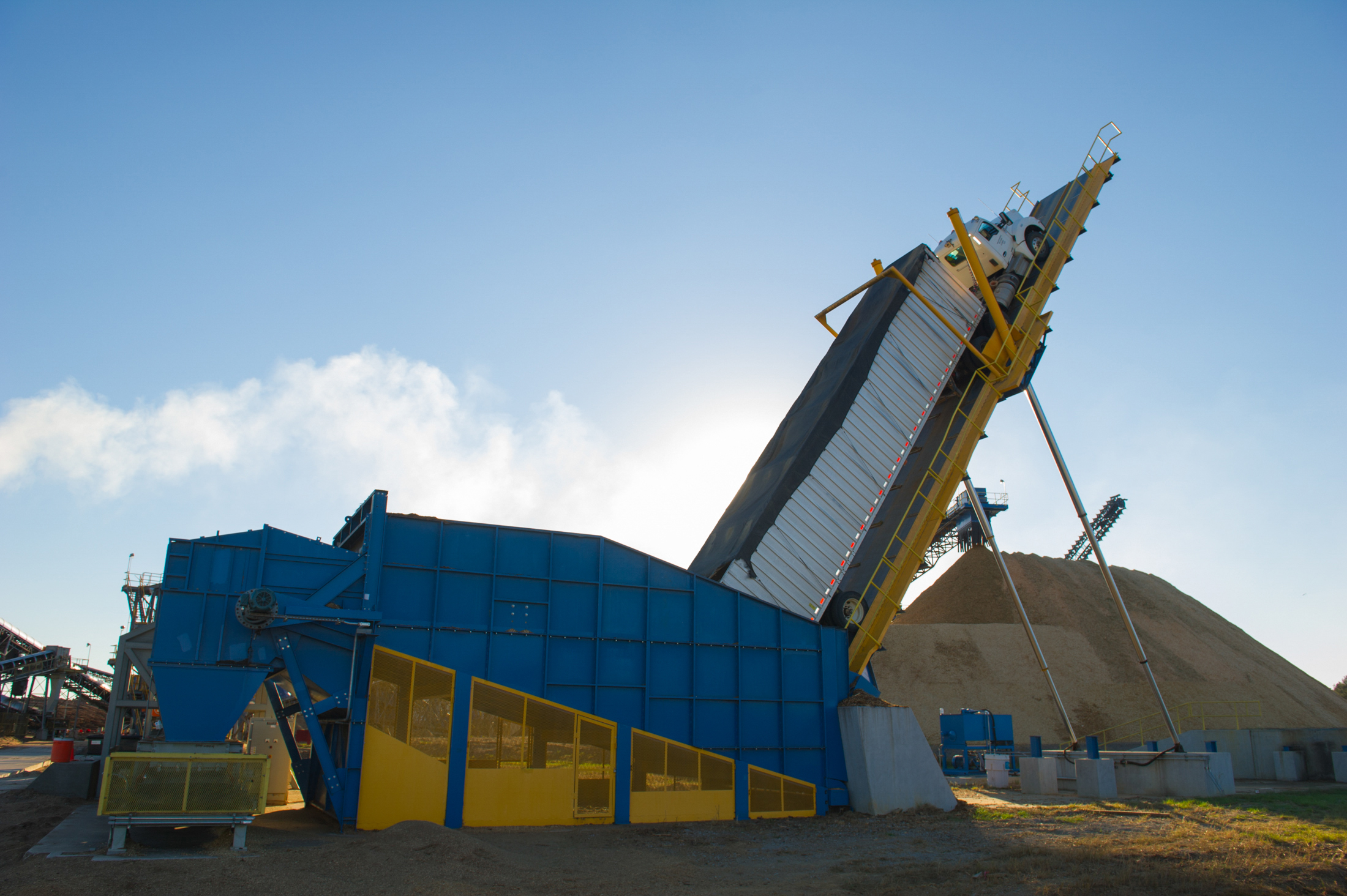
| Six months ended 30 June | H1 2019 | H1 2018 (restated) |
|---|---|---|
| Key financial performance measures | ||
| Adjusted EBITDA (£ million) | 138 | 102 |
| Net cash from operating activities (£ million) | 197 | 112 |
| Net debt (£ million) | 924 | 366 |
| Interim dividends (pence per share) | 6.4 | 5.6 |
| Adjusted basic earnings per share (pence) | 2 | 1.6 |
| Total financial performance measures | ||
| Operating profit (£ million) | 34 | 12 |
| Profit / (loss) before tax (£ million) | 4 | -11 |
| Basic earnings / (loss) per share (pence) | 1 | -1 |
“Drax Group has delivered strong profit and dividend growth in the first half of the year. Integration of our new Hydro and Gas generation assets is progressing well and the value the Group delivers from supporting the energy system has almost doubled. Drax is supporting British business with innovative new energy services and, despite challenging market conditions, our Customers business continues to grow. Our biomass cost reduction initiative and plans for expanded biomass self-supply are going well.
“Drax wholeheartedly supports the UK’s target of achieving net zero carbon emissions by 2050.”
“Reducing our greenhouse gas emissions by half in the past year underscores Drax’s commitment to this goal. With the right investment and regulatory framework we could go further and Drax could become the world’s first carbon negative power station – something the UK Committee on Climate Change recognises will be crucial.”
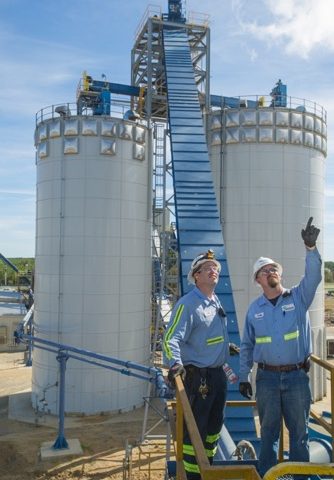 Adjusted EBITDA of £8 million (H1 2018: £10 million)
Adjusted EBITDA of £8 million (H1 2018: £10 million)

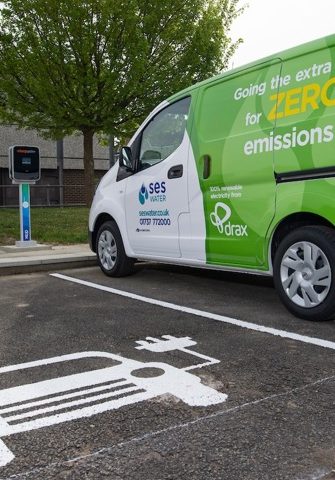 Adjusted EBITDA of £9 million (H1 2018: £16 million)
Adjusted EBITDA of £9 million (H1 2018: £16 million)
Read full Report | View investor presentation | Sign up or watch webcast | Read press release

Demand for electricity might have been 6% lower in the first three months of 2019 than in last year’s first quarter but the demand for lower carbon power is only growing and there’s more pressure than ever for global industries to decarbonise more rapidly.
Aided by a significantly milder winter than last year, Great Britain’s electricity sector continued to make further progress in reducing carbon emissions in the first quarter (Q1) of 2019.
The carbon intensity of Great Britain’s electricity was almost 20% lower in Q1 2019 than in the same period last year. This was driven by a significant decrease in coal usage, with 581 coal-free hours in total over the period – eight times more than in Q1 2018. This trend has only increased, with May seeing the country’s first coal-free week in modern times.
The findings come from Electric Insights, a report commissioned by Drax and written independently by researchers from Imperial College London, that analyses Great Britain’s electricity consumption and looks at what the future might hold.
As public, commercial and political demand for lower carbon emissions mounts, the question for the power system is: can it truly reach zero-emissions?
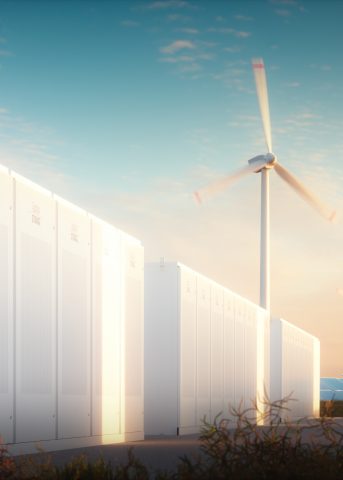 Quarter after quarter, the carbon intensity of Great Britain’s electricity system has declined. From 545 grams of carbon dioxide (CO2) per kilowatt hour (g/kWh) in Q1 2012, to just over 200 g/kWh last quarter. For a single hour, carbon emissions have fallen as low as just 56 g/kWh. But how soon can that figure reach all the way down to net-zero carbon emissions?
Quarter after quarter, the carbon intensity of Great Britain’s electricity system has declined. From 545 grams of carbon dioxide (CO2) per kilowatt hour (g/kWh) in Q1 2012, to just over 200 g/kWh last quarter. For a single hour, carbon emissions have fallen as low as just 56 g/kWh. But how soon can that figure reach all the way down to net-zero carbon emissions?
The National Grid’s Electricity System Operator (ESO), believes it could be as soon as 2025. But some serious changes are needed to make it possible for the system to operate safely and efficiently, when you have fewer sources offering balancing services like reserve power, inertia, frequency response and voltage control.
The National Grid ESO believes an approach that establishes a marketplace for trading services holds the solution. The hope is that competition will breed new innovation and bring new technologies such as grid-scale storage and AI into the commercial energy markets, offering reserve power and more accurate forecasting for solar and wind power.
For the meantime, weather-dependent technologies are a key source of renewable electricity in Great Britain, with wind making up more than 20% of all generation in Q1 2019. However, with wind capacity only expected to increase, how should the system react when it’s not an option?
Read the full article, co-authored by Julian Leslie, Head of National Control, National Grid ESO: How low can we go?
Today there are around 20 gigawatts (GW) of wind capacity installed around Great Britain, and this is forecast to double to 40 GW in the next seven years. However, average wind output can fluctuate between 2 GW one day and 12 GW the next – as happened twice in January. It highlights the ongoing needs for flexibility and diversity of sources in the electricity system even as it decarbonises.
There are a number of ways to make up for shortfalls in wind generation. The most obvious of which is through other existing sources. There is more solar installed around the county than any source of generation (except gas), at 12.9 GW and sun power helped meet demand during a wind drought last summer. Solar averaged 1.3 GW over the last 12 months, this is more than coal which accounted for 1.1 GW.
However, storage will also be important in delivering low or zero-carbon sources of electricity when there is neither wind nor sufficient sunlight. At present this includes pumped storage and some battery technologies, but in future will include greater use of grid-scale lithium-ion batteries, as well as vehicle-to-grid systems that can take advantage of power stored in idle electric cars.
New fuels, particularly hydrogen, also have the potential to meet demand and help create a wider lower-carbon economy for heating, as well as vehicle fuel, with water as the only emission.
Hydrogen can be produced from natural gas or using excess electricity from renewable sources, or through carbon capture from industrial emissions. It can then be stored for a long time and at scale, before being used to generate electricity rapidly when needed.
Another increasingly important source of Great Britain’s electricity is interconnectors. However, they are not yet being used in a way that can support gaps in the electricity system, with Northern European countries normally all experiencing the same weather – and wind levels – at the same time.
Read the full article: What to do when the wind doesn’t blow?
 Great Britain added a new power source to its electricity system in Q1 2019, in the form of Belgium. The opening of the £600 million NEMO link between Kent and Zeebrugge added another 1 GW of interconnection capacity.
Great Britain added a new power source to its electricity system in Q1 2019, in the form of Belgium. The opening of the £600 million NEMO link between Kent and Zeebrugge added another 1 GW of interconnection capacity.
It joins connections to France, the Netherlands, Northern Ireland and the Republic of Ireland to bring Great Britain’s total interconnection capacity to 5 GW. These links accounted for 7.9% of the 78 terawatt hours (TWh) of electricity consumed over the quarter.
Electricity from imports also set new records for a daily average of 4.3 GW on 24 February, accounting for 12.9% of total consumption, and a monthly average in March when it made up 10.6% of consumption. These records represent the first time Great Britain fell below 90% for electricity self-sufficiency.
With 3.4 GW of new interconnectors under construction coming online by 2022 and 9.1 GW more planned to be completed over the next five years, Great Britain’s neighbours are set to play a growing role in the country’s electricity mix.
However, while interconnectors offer an often cost-effective way for Great Britain to ensure electricity supply meets demand, the carbon intensity of neighbouring countries’ electricity should also be considered.
Read the full article: 10% of electricity now generated abroad
The new link to Belgium has imported, rather than exported, electricity every day since it began operations, as Belgium has the lowest natural gas prices in Europe and its power stations pay £16 per tonne less for carbon emissions than their British counterparts. This makes it cheaper to import, and less carbon intense, than electricity from the more coal-dependant Netherlands and Ireland.
Planned links to Germany and Denmark could allow Great Britain to import more renewable power. However, if there is a wind drought across Northern Europe these countries often turn to their emissions-heavy coal or even dirtier lignite sources.
France is currently Great Britain’s cleanest source of imports, mostly using nuclear and renewable generation. However, when the North Sea Link opens in 2021, it will give Great Britain access to Norway’s abundance of hydro-power to plug gaps in renewable generation.
Considering the carbon intensity of Great Britain’s imports is important because the decarbonisation needed to address the global climate change emergency can’t be solved by one country alone. For electricity emissions to go as low as they can it takes collaboration that goes across borders.
Read the full article: Where do Britain’s imports come from?
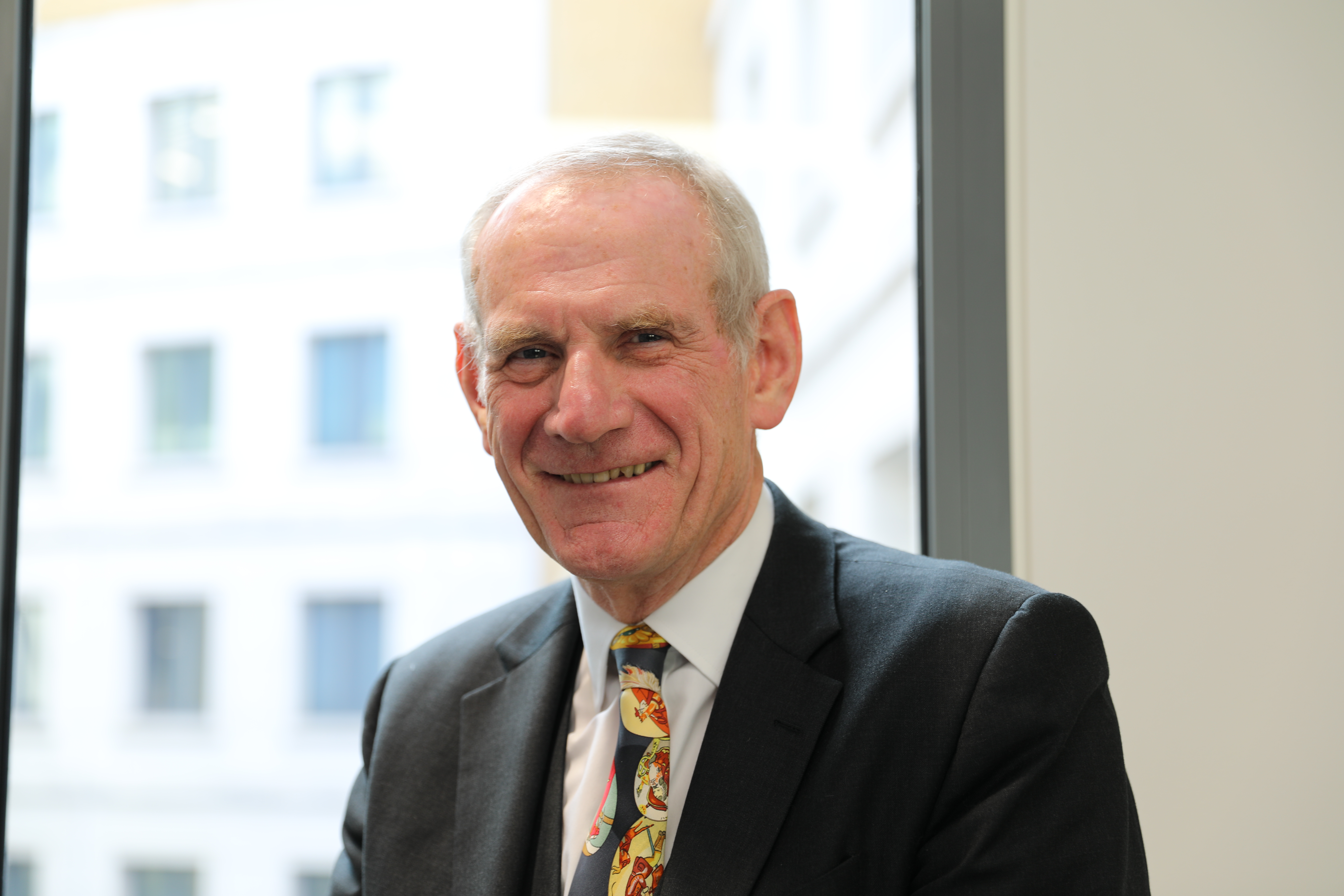
Following appointment, John will also be a member of the Audit, Remuneration and Nomination Committees.
John has extensive engineering and safety experience in the energy industry with over 45 years working across nuclear, electricity and latterly oil and gas sectors. Between 2004 and 2015 John was at BP plc, most recently as Group Head of Engineering & Process Safety, prior to which he worked at the UK utility Powergen plc as Group Engineering Director.
John is Visiting Professor of Nuclear Engineering at The University of Strathclyde and is a Non-Executive Director of Sellafield Ltd, the nuclear site management company based in Cumbria. He also chairs the Sellafield Board Committee on Environment, Health, Safety & Security.
“I am delighted that John is joining the Board. His extensive experience gained in the energy sectors, focussed on critical operational services at both multi-national and UK based businesses, will strengthen our Board and support Drax as we continue to focus on both growing our capabilities and continuing to deliver operational excellence.”
Other information – John Baxter holds 3,000 ordinary shares in Drax Group plc. such investment was made prior to any association with the Company
ENDS
